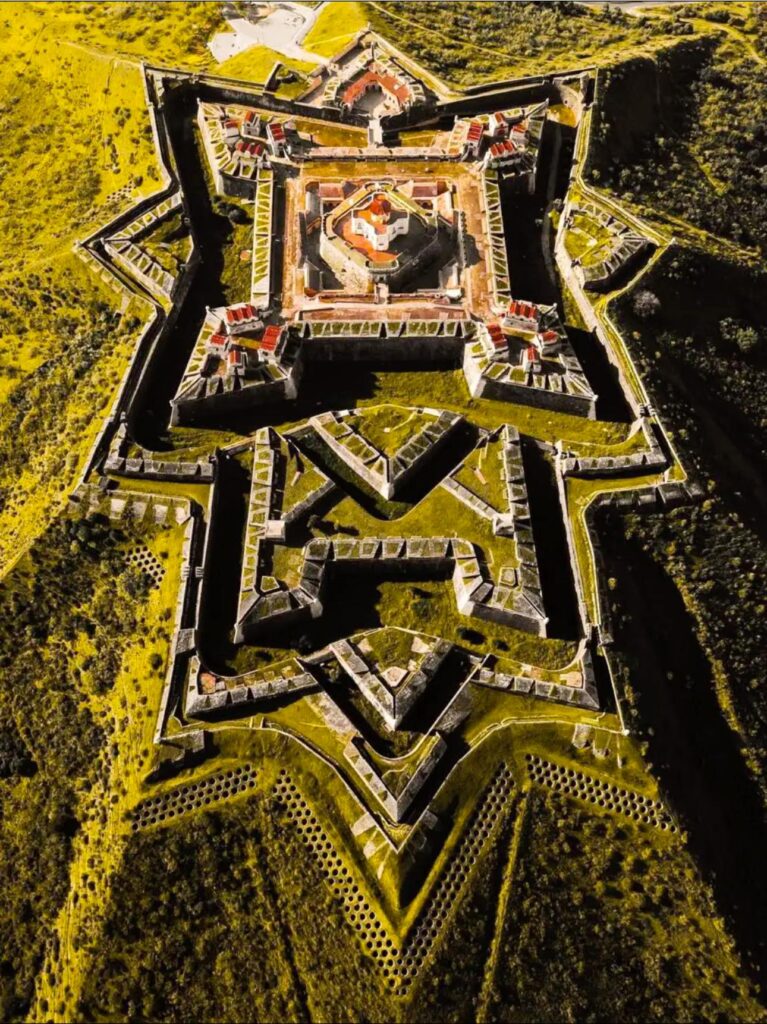The Forte de Nossa Senhora da Graça, towering over the town of Elvas in Portugal, stands as a formidable testament to history. A masterpiece of 18th-century military architecture, it serves as a prime illustration of fortifications from its era. With its sturdy construction and strategic perch, the fort has dutifully guarded the region for centuries, earning its status as a cherished national monument. Its immaculate preservation provides a glimpse into the military tactics of Europe’s past, attracting visitors from around the globe who are eager to traverse its corridors and unravel its storied past.
Architectural Marvel of Forte de Nossa Senhora da Graça
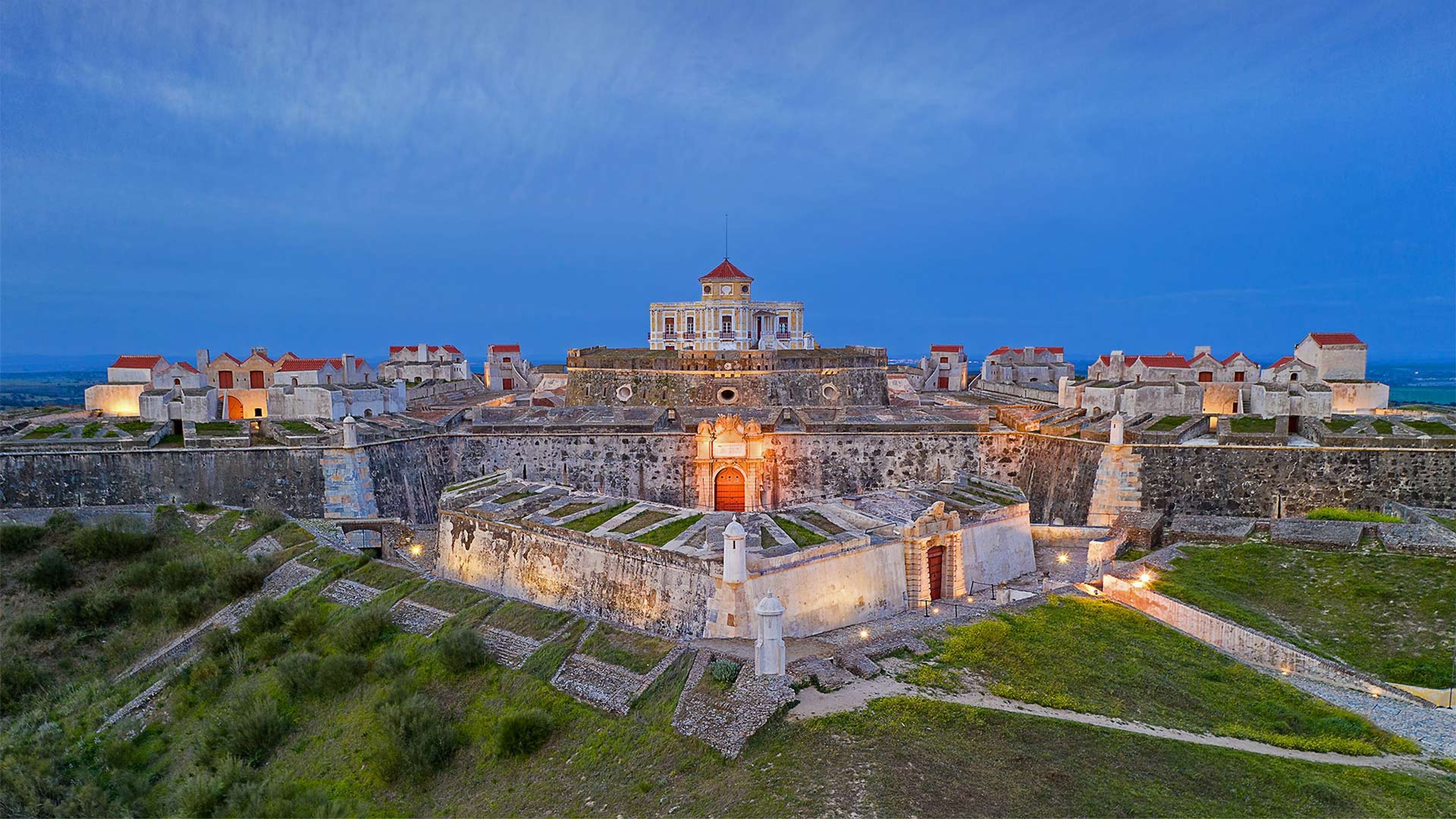
The intricate design of the fort stands as a testament to its architectural importance, showcasing advanced principles of its era. Its star-shaped layout incorporates sophisticated elements such as counterguards, covered walkways, and strategically positioned bastions. This fusion of defensive features enabled the fort to endure multiple sieges, rendering it not only a historical marvel but also a subject of fascination for military engineering enthusiasts. Harmonizing form and function, the structure stands as an exemplary specimen of its genre.
Historical Background of Forte de Nossa Senhora da Graça
Perched near the Spanish border, the Forte de Nossa Senhora da Graça, or Fort of Grace, began its construction in 1763 atop Monte da Graça. Its establishment was a strategic move to bolster Portugal’s defenses, particularly amidst the tumult of the Seven Years’ War. Positioned strategically, it served to protect the vital military installations and township of Elvas. Throughout its existence, the fort has evolved into an emblem of Portugal’s military strength and national heritage, embodying tales of battles fought, resilience shown, and the progression of military technology.
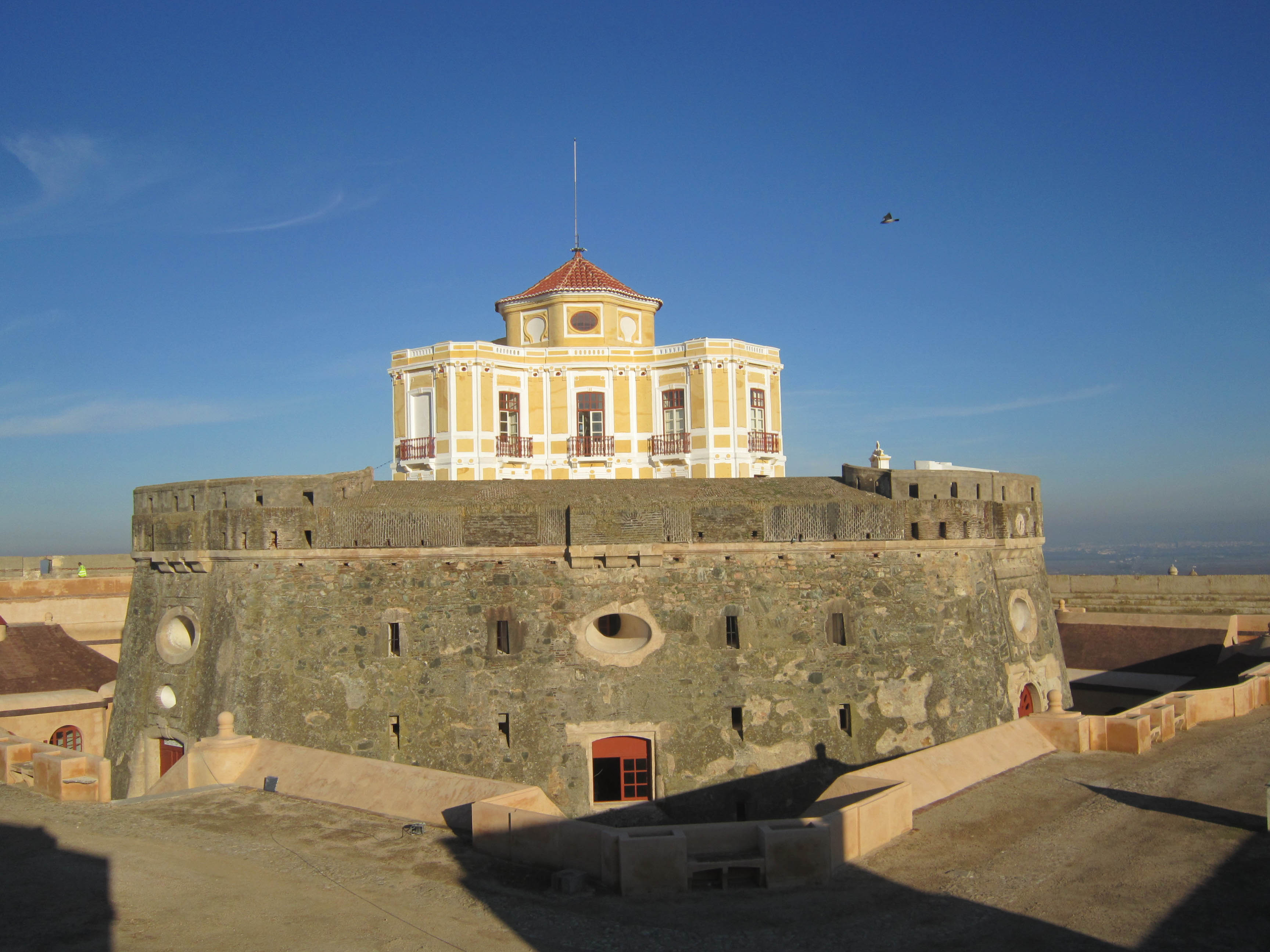
Throughout the annals of history, the Forte de Nossa Senhora da Graça has played a pivotal role in significant military endeavors. From steadfastly weathering the storms of the Peninsular War to standing firm amidst the tumult of the War of the Oranges, it has borne witness to pivotal moments in Portugal’s military history. Moreover, in the 19th century, it took on the somber role of a political prison, further engraving its legacy into the fabric of Portugal’s narrative. These conflicts and events have not only shaped the physical structure of the fort but have also imbued it with a wealth of stories, enriching the tapestry of Portugal’s past with each passing chapter.
Strategic Relevance Revealed
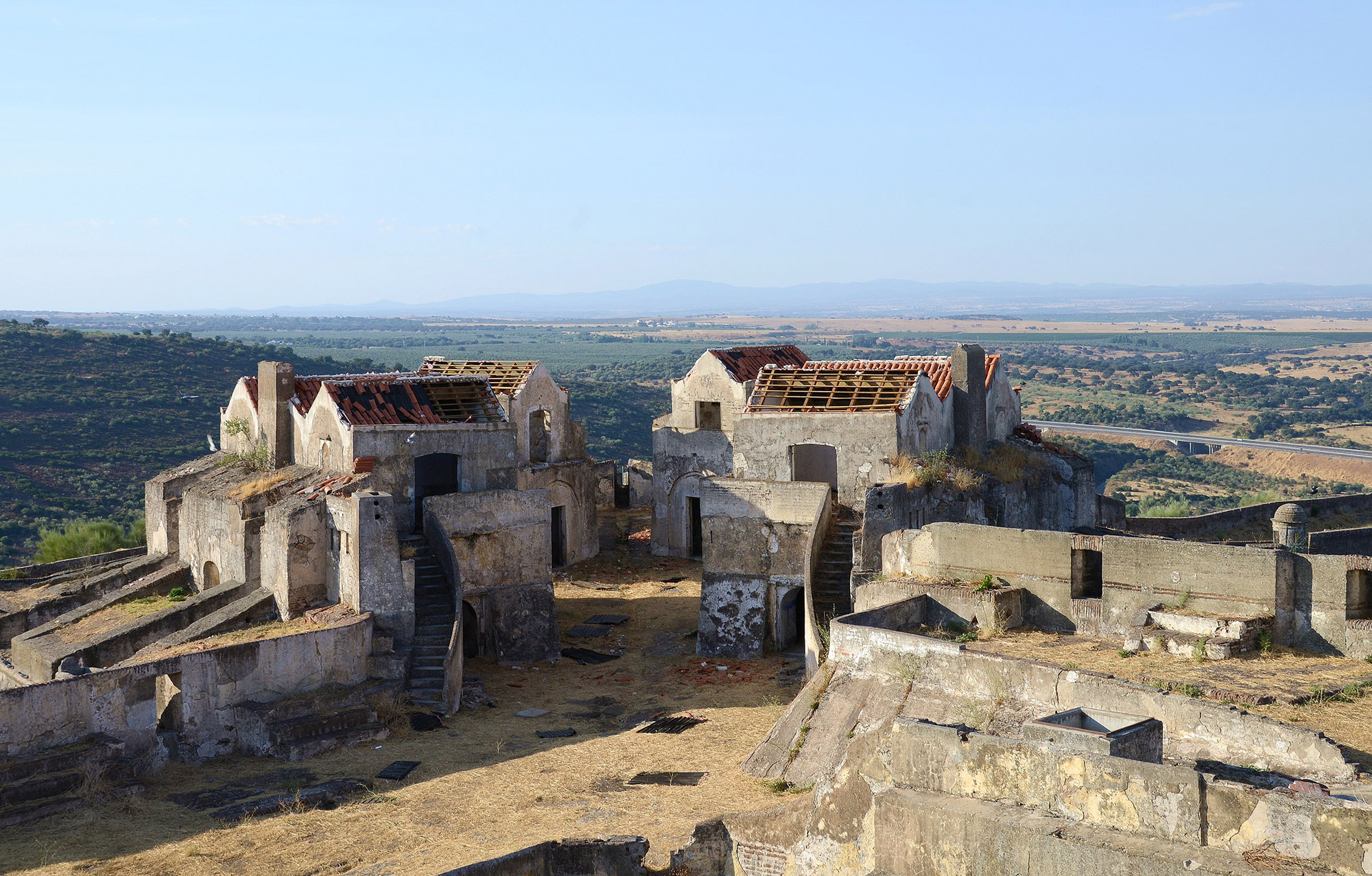
As the construction of the fort progressed, its strategic importance became increasingly apparent. Perched atop a hill, its commanding position offered sweeping panoramic views essential for the defense of Elvas and its vital fortifications. The fort’s significance was further underscored by its role as a silent sentinel, facilitating surveillance and providing a crucial edge in preparedness. Its visibility and capacity to relay signals to neighboring forts proved invaluable during times of conflict, enhancing coordination and response efforts.
The Enduring Enigma of Forte de Nossa Senhora da Graça
Despite considerable knowledge about the fort, it remains shrouded in mystery. Numerous theories speculate about concealed passageways and secret rooms lurking within its walls, prompting ongoing investigation and exploration. Moreover, interpretations of its design diverge, with experts debating the extent of the Count of Lippe’s influence on its architecture. These lingering enigmas lend an air of fascination to the site, captivating scholars and visitors alike with the allure of undiscovered secrets.
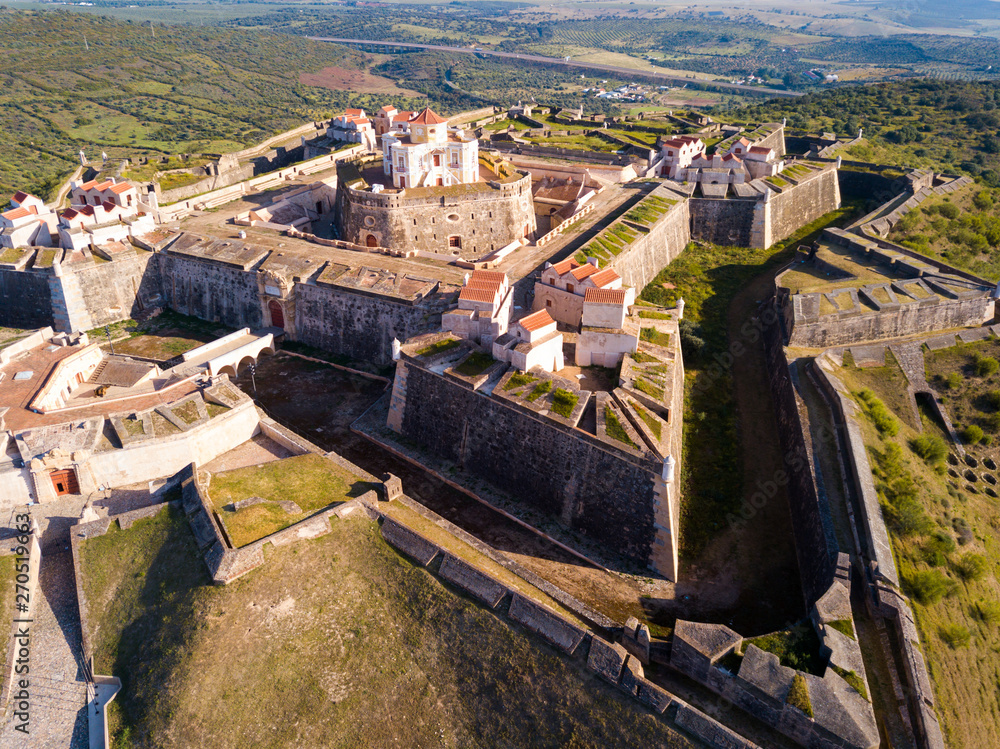
In conclusion, Forte de Nossa Senhora da Graça serves as a symbol of Portugal’s historical, cultural, and military importance. Built in response to the strategic demands of the 18th century, it has endured through time, showcasing the progression of military architecture. Its designation as a UNESCO World Heritage site ensures ongoing exploration and educational opportunities. Thus, it will continue to be a priceless asset to Portuguese heritage, providing insights into the past and motivation for the future. The ongoing research and theories surrounding the fort enrich our understanding and maintain the spirit of exploration.
